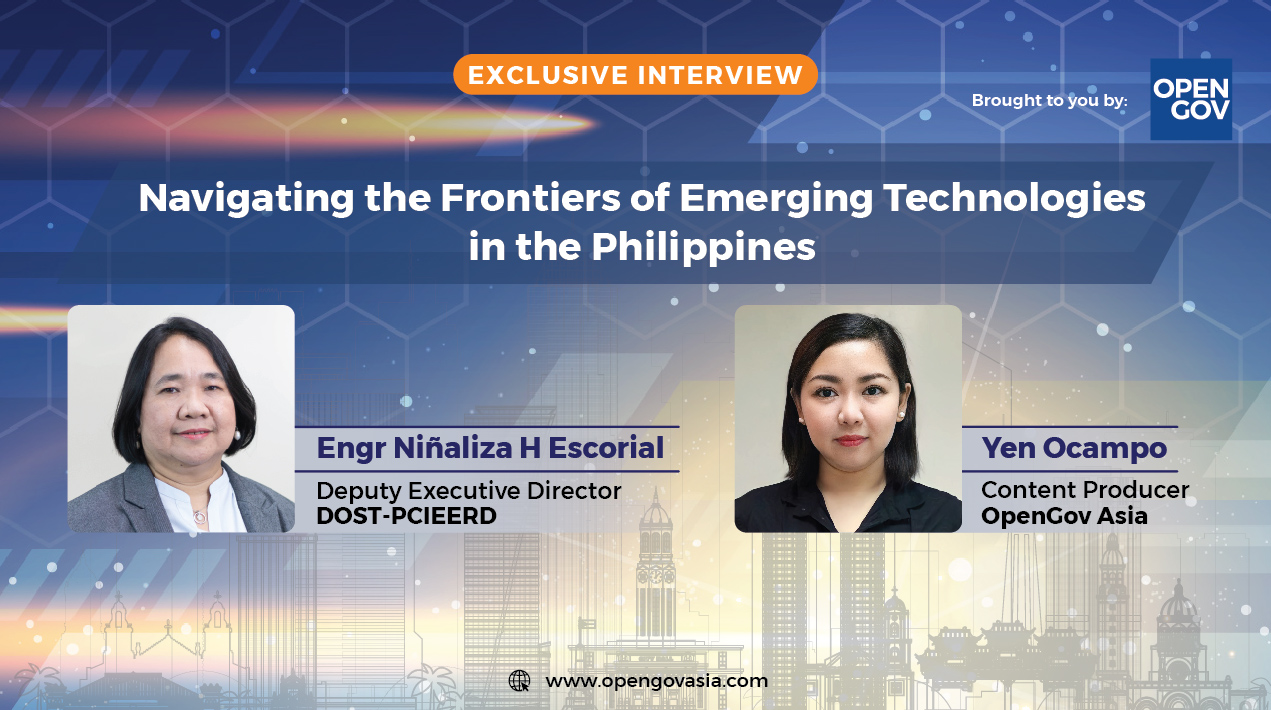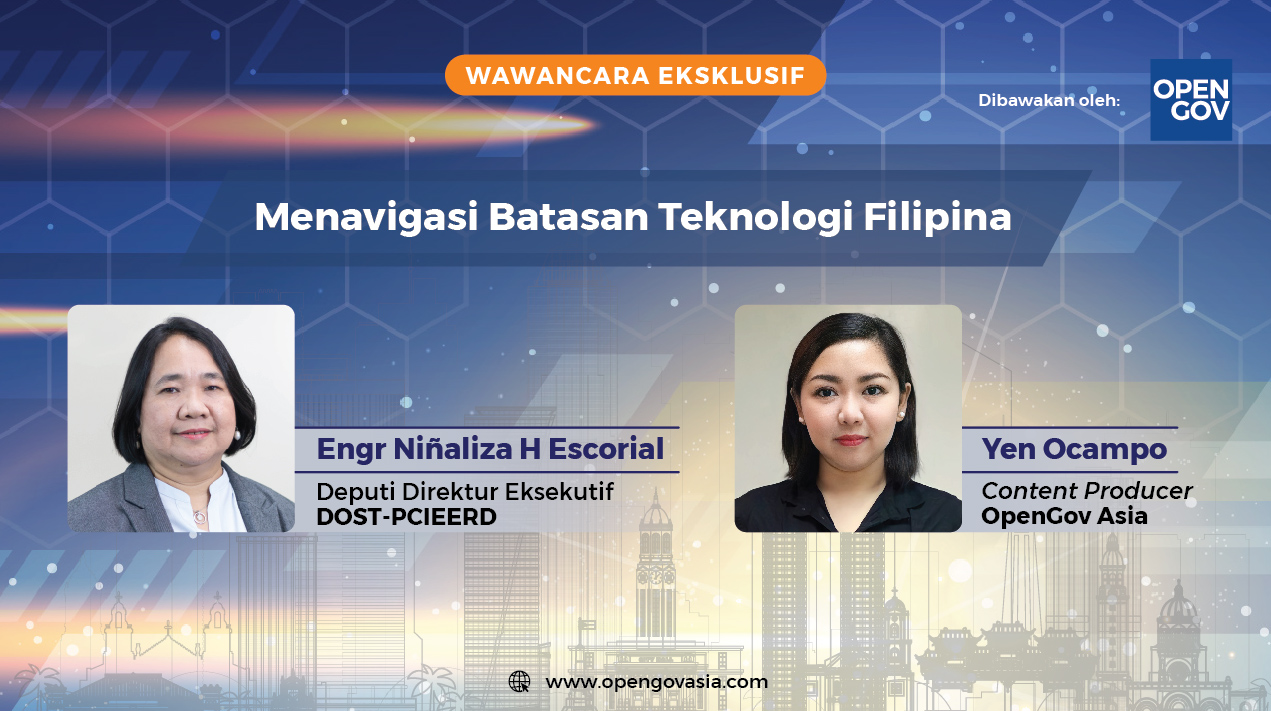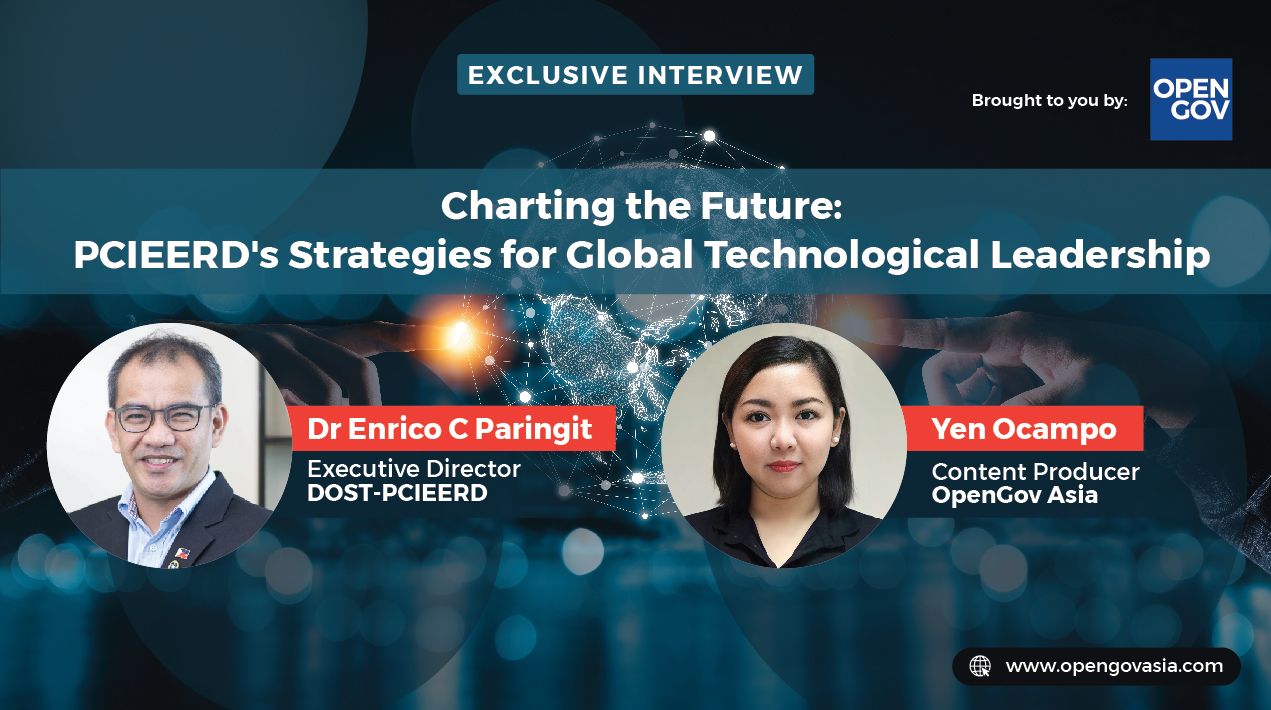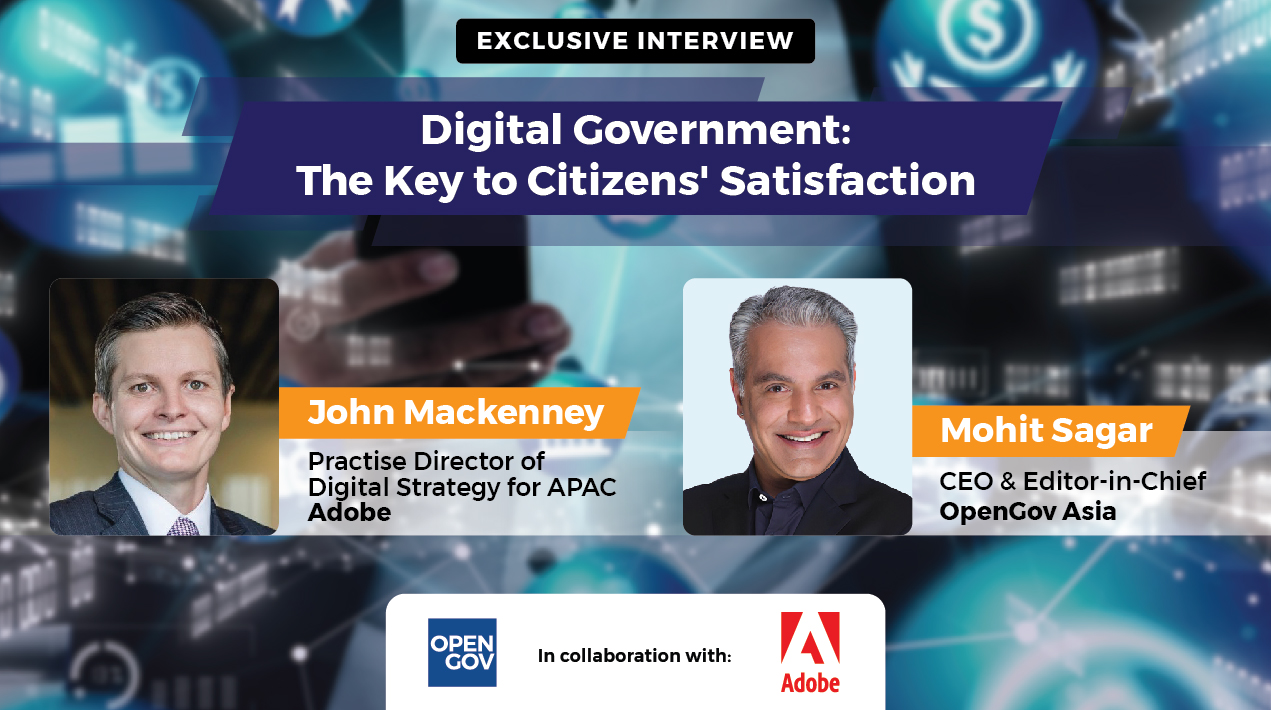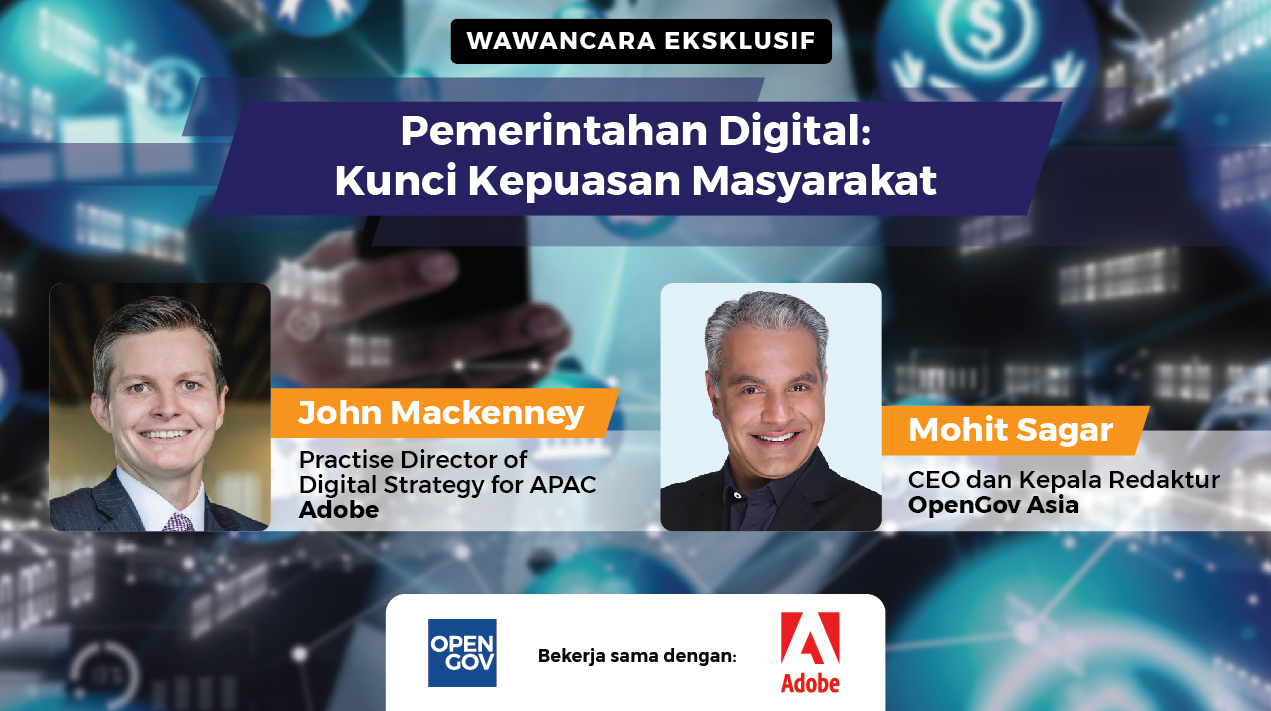
Managing an interactive discussion table of enthusiastic Singapore health professionals can be a challenging task. Confident and assured professionals who know their business and have well developed views that go along with it, are not easy to stop especially when they have a bit of momentum going!
Imagine wanting to introduce them to the current issues in IT Security. You have a carefully planned, pre-conceived focus and purpose for the 20-minute interaction. You begin sincerely by introducing the ideas of prevention, detection and response to security incidents. You even have a small democratic ‘throw a marble in the bottle’ exercise to engage the people coming to your table. The table members have to choose which of the bottles represent the most important issue by throwing a marble into each bottle.
Prevention, Detection, Response – which is the most important element in an approach to IT Security – the marble on glass noise permeates the room!
In the IT Security world, Prevention has failed!! Everyone knows that we can’t build the fence high enough to keep the security bandits out! A nice platform to talk about the options, strategies and future directions for the management of IT Security right?
Wrong!
Prevention of disease; Detection of disease and Response to infectious disease outbreaks are all well-known medical terms and the members of this interactive table is composed largely of people from the Singapore Health sector. Let the fun begin!!
Watching a planned discussion focus get high jacked is very funny. Attempts to get the subject back on the IT Security track were heroic but doomed to be only partly successful. The conversations were energetic and far ranging. The facilitators were effectively immobilized by the enthusiasm of the group.
The detection of emerging infectious diseases within the Health Ministry was discussed and the importance of IT as a detection mechanism was quickly recognized. The topic was not about IT security but, the architecture of the risk management logic was strikingly similar. The way in which medical practitioners think about the infectious disease risk shares the same logic used in IT security. Even the focus on risk isolation practices – the language is the same even if the procedures are different.
The discussion delved into the management of multi-resistance bugs and the analysis tools and procedures used to include samples sent to the laboratory for cultures to be grown and analysed. The lead time to realise there is a potential outbreak is analogous to the long lead times associated with tracking IT security attack vectors.
We want the lead time to be shortened – we want to reduce the human resource overheads associated with physically determining the nature of the attack. We want to put the right protective measures in place as soon as we know there is an event. The sooner we isolate the risk, the better.
What can we do, what tools do we have to quickly understand that this could be a serious event? What are the indicators that would justify executing the isolation protocols?
Are we talking medicine or IT risk? It really doesn’t matter – the logic is congruent.
The work being done in Singapore to use diverse information sources available to the Health Ministry involves data analytics and the development of algorithms to recognize when events are happening at unusual levels that indicate there could be a problem.
We do the same thing in IT. We use tools to look at log information and we set alerts based on unusual patterns of behavior.
Who would have thought – medical doctors are ready to take on the IT security role – they know how to do this. I am not sure I want my IT Security specialist to manage my next medical operation mind you, but when it comes to risk management, both domains of expertise overlap in surprising ways.



